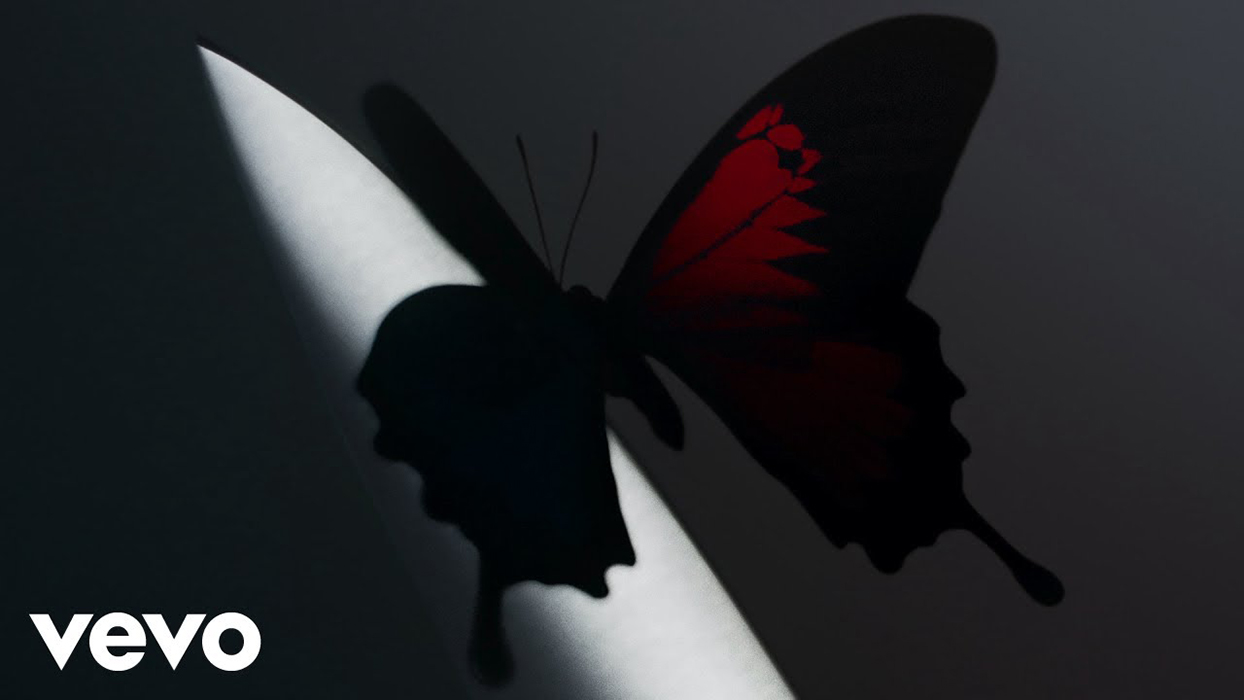
Twelve Carat Toothache, Post Malone’s fourth album, debuted at number two on the Billboard 200 chart on June 18. Sales for the week were solid, at 120,000 copies, although it wasn’t enough to push it to number one; Bad Bunny’s Un Verano Sin Ti held onto first place into its fifth week, bolstered by enormous streaming figures. After Malone’s 2016 debut album, Stoney, went as high as number four on the chart and his follow-ups beerbongs & bentleys and Hollywood’s Bleeding both saw phenomenal success, the early figures for his latest album look somewhat tame in comparison. But a comment he made in a January interview with Billboard seems to have been almost prophetic: “I don’t need a number one; that doesn’t matter to me no more, and at a point, it did.”
This was a sign that his new album would be something different. But did it translate into its position on the chart? Twelve Carat Toothache is Post Malone’s shortest album to date, distancing itself from the usual strategy of having a high track count in order to boost streaming performance. Notably, it includes songs that are cheerier than in his past work. “Wrapped Around Your Finger” would sound perfectly at home on a Lauv record, for instance.
With that said, the core of the Post Malone sound doesn’t seem to have changed much across his albums. Rather, the short length of this latest album makes this sound stand out all the more. Whenever he talks about what genre his music is, the next album to come out aligns with his explanation. He views hip hop not as a sound but as an attitude, and has made major contributions to both the increasingly popular genre of singing rap and broadening its reach. What we’re left with is a unique vocalist influenced by practically all genres, ranging from pop to R&B, alternative and country. Interestingly enough, his vocals don’t change to match the genres he dabbles in; rather, his voice remains calm and leveled off regardless of the style or theme of his tracks.
Instead, the personality of each individual track off Toothache comes out thanks to their featured artists. Artists like Gunna and the Kid LAROI who straddle the line between rapping and singing make the tracks they’re featured on sound like classic Post Malone. And then there’s artists like the Weeknd and Doja Cat, whose distinct sounds give the album more variation. And what about Fleet Foxes? They were one of the biggest names in indie rock in the 2000s. Their characteristic combination of country, folk and psychedelic rock still meshes with Malone’s sound but takes the short album to entirely unexpected places.
It's understandable that some people might ask where Malone is on the album and point to that as a problem. Let’s go back to “Deja Vu,” a single from his debut album, Stoney, for a different perspective. The track lays out the blueprint for the transformation Justin Bieber underwent between the release of Purpose in 2015 and his later albums Changes and Justice. On that album, Malone’s distinctive vocals are the common thread running throughout. His latest album seems to be a more diverse, more experimental take on the choices he explored on his debut release.
By saying a number one hit isn’t important to him, Malone isn’t so much declaring a lack of concern for chart performance so much as an intention to be more fluid. The reason his albums and the tracks off them receive particularly consistent attention in the streaming age and stay on the charts for long stretches of time is because of the unique atmosphere that runs through all his songs. To be blunt, they’ve always made for good background music. But if you listen to Twelve Carat Toothache a few times, your reason for listening will be somewhat different.
Unauthorized reproduction and distribution prohibited.